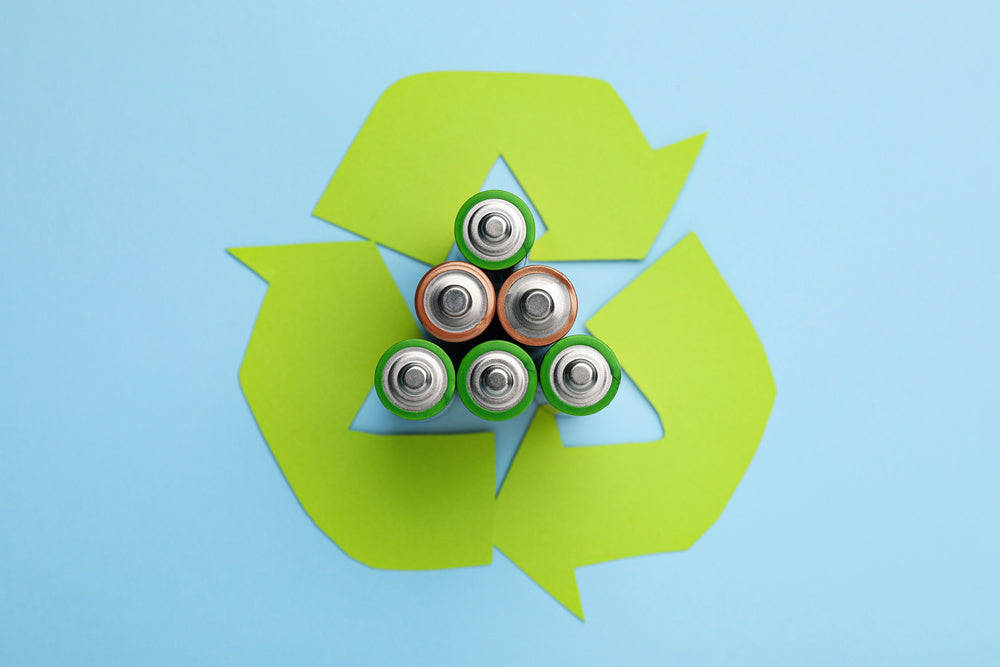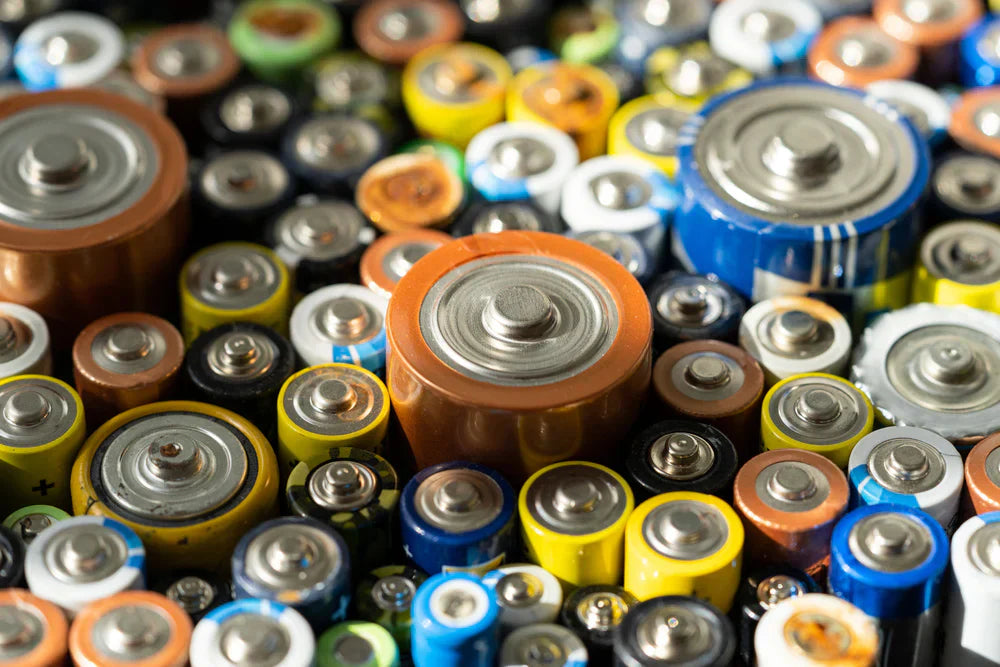Scientists Recover Energy from Disposable Batteries But Why

Taiwanese researchers recently announced what they consider a breakthrough in battery recycling. They have come up with a way to harvest as much as 50% of the energy remaining in disposable alkaline batteries. It is an interesting concept. But given the current state of rechargeable lithium-ion batteries, why put that kind of effort into disposables?
It is true that disposable alkaline and zinc-carbon batteries still have a small amount of energy left in them when they are discarded. There isn't enough energy to actually do anything productive, but it's there. Still, we would be smarter to put our efforts into eliminating demand for disposal batteries rather than developing science around harvesting the little bit of energy left over.
Recovering Leftover Energy
To make their system work, the researchers looked at both short-circuit discharge (SCD) and something they call self-adaptive pulse discharge (SAPD) to harvest leftover energy. Both worked well enough on their own. However, when combined, they allowed the researchers to get more – up to half in some cases – of the energy remaining in the discarded batteries.
To their credit, the scientists believe that perfecting their process could reduce battery waste. But we are not sure how. Recovering leftover energy after batteries are no longer usable wouldn't reduce the need to manufacture new batteries. And at the moment, manufacturers around the world produce some fifteen billion disposable batteries annually.
Rechargeable Batteries Are Better
Even with the ability to harvest unused energy from disposable batteries, rechargeable batteries are better. Given that a single USB-C rechargeable battery from Pale Blue Earth can replace up to a thousand alkaline batteries, the way to reduce battery waste is to convince people to buy rechargeables so that there is no longer a demand for disposables.
Once you get the world thinking in that direction, then apply the same science to recover any leftover energy power in spent lithium-ion batteries. Such a strategy effectively kills two birds with one stone. You eliminate battery waste by removing alkaline battery manufacturing. Meanwhile, you continue harvesting that unspent energy left in batteries when they reach the end of their useful life.
No Point in Fixing It
We firmly believe that the disposable alkaline battery represents broken technology in the 21st century. It is broken in the sense that it is inefficient and wasteful. Moreover, it's broken beyond repair. Why try to fix it?
We have another technology that is far superior. Lithium-ion batteries offer performance equal to any disposable alkaline. They are superior to other rechargeable battery technologies as well. They are the best choice to replace alkaline disposables on the consumer market.
USB-C lithium-ion batteries offer excellent energy density and stable output voltage throughout their discharge cycle. They are fast charging and because they are recharged with a USB cable, consumers don't even need a separate charger. They just plug their batteries into any standard USB port.
Good Idea, Wrong Product
Attempting to harvest leftover energy in spent batteries is a good idea. There is no point in wasting energy if we can recover it. For that much, the Taiwanese researchers deserve credit. But it seems like they are applying a good idea to the wrong product.
It's time for disposable alkaline batteries to ride off into the sunset. They had a good run. They served us well when there was no better technology to utilize. But those days are long gone.
If you are still using disposable alkaline batteries, we encourage you to give rechargeable lithium-ion cells a try. We firmly believe that once you go rechargeable, you'll never go back. The difference is just that remarkable.
- Tags: Sustainability







